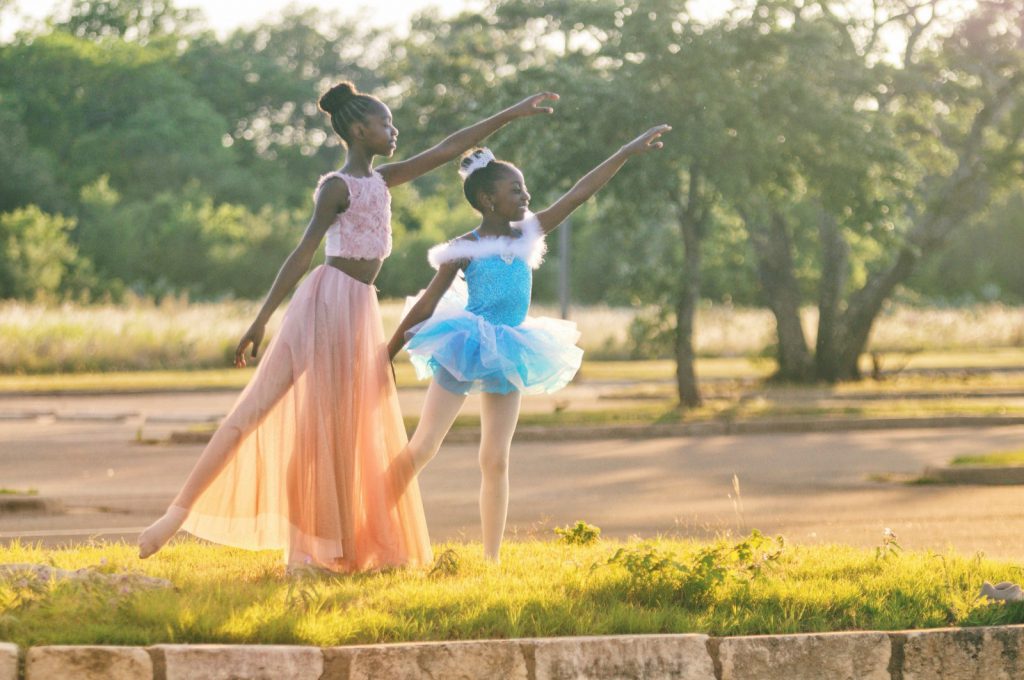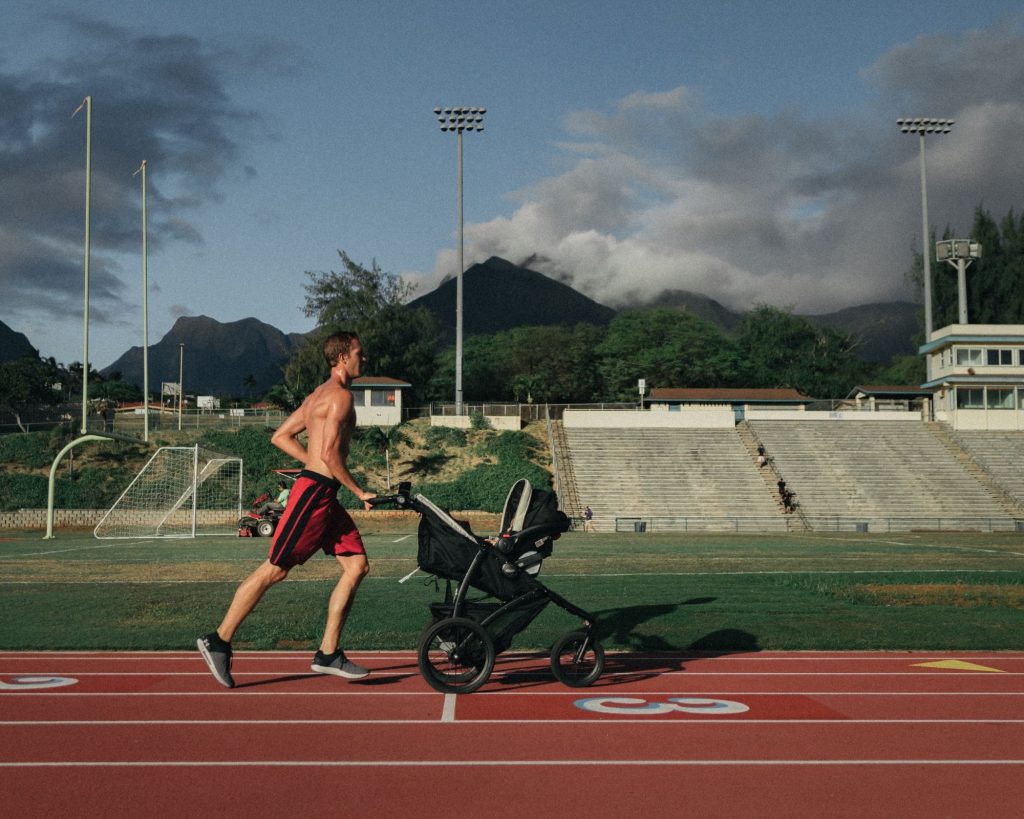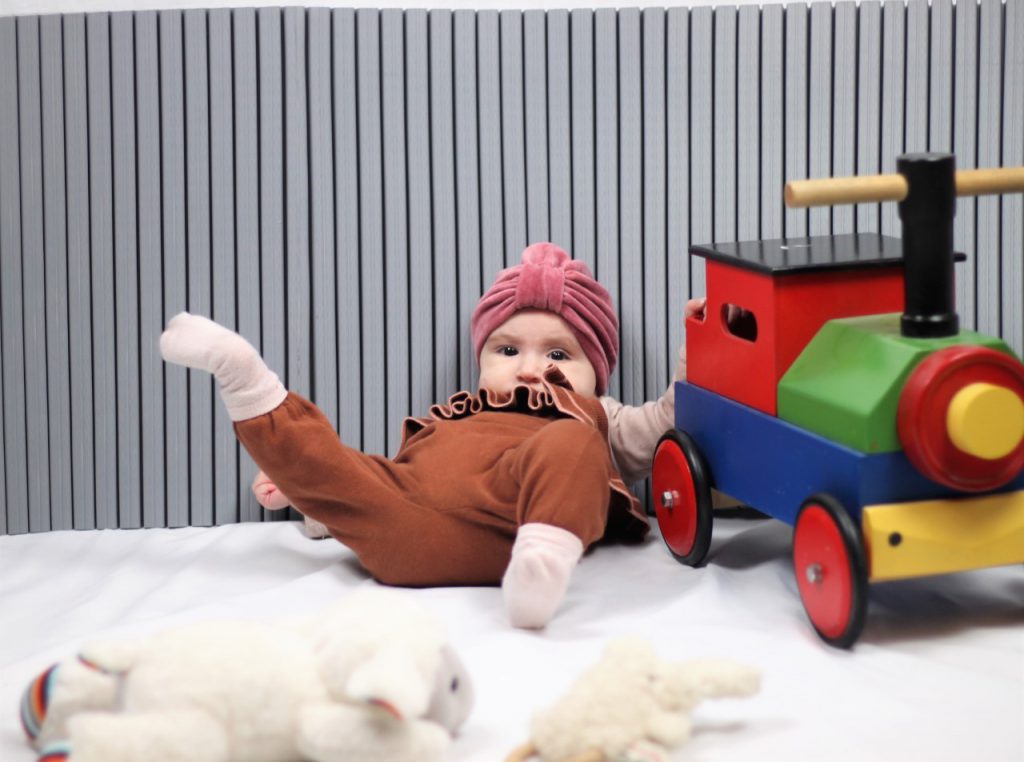8 Positive effects of exercising for children
Children discover the world through movement. Therefore, movement contributes enormously to the healthy physical, mental and psychosocial development of children.
The basic building blocks for balance, speed, and coordination, which we go through every day in life, are laid in childhood. In addition, exercise increases cognitive performance as well as brain flexibility. Furthermore, it also helps build confidence, manages stress, fights addiction, depression, mental and eating disorders.
Sufficient exercise strengthens not only the muscles and bones but also the immune and cardiovascular systems. In this article, we will present you a list of positive effects for children when being physically active.

1. Building a strong mentality
Taking part in sport can help us feel fitter, healthier, and mentally strong, and that is just the start of it. Sport can also be fun, especially when played as part of a team or with family and friends. Children are very likely to build the following keynotes when exercising.
- Self-discipline
- Decision maker
- Team building
- Work ethic
- Problem-solving
- Successful in life
- Enhances emotional well-being
2. Health Benefits
Bering physically active has also a positive impact on the health of your child as well it reduces the risk of numerous illnesses. The following list shows the health benefits that exercises offer your child:
- Strengthens the heart
- Arteries and veins stay clear
- Strengthens the lungs
- Reduces blood sugar levels
- Controls weight
- Strengthens bones
- Helps to prevent cancer
- Regulates blood pressure
- Improves energy level
3. Be a role model
Children often mirror the behavior of their parents. Therefore, many more children are physically active when their parents are active. Young children are especially dependent on the support of their parents since parents must sign the children up for sports and bring them to the location, gymnastic hall, or dancing class. More active parents have a stronger interest in organizing and/or being active together with their children.
4. Variety of sports
There are many ways for children to keep physically active. Even simple everyday activities such as cleaning the room, taking out the garbage, helping with the laundry, or going shopping together help to keep the child active.
Leisure activities such as cycling, or walking should take up about an hour a day. During the high active period, children should move strenuously for at least 30 minutes a day. Children should run, sweat, and really let off steam. Common and fun sports activities are football, hockey, basketball, skating, swimming, cycling, gymnastics, dancing, etc. Let your child try out different types of sports to find the one that they like the most.

5. Being active at home
Children are highly creative and therefore do not need much to get moving. For example, they can build obstacle courses out of old cardboard boxes, start a pillow fight, or climb over and under tables. Furthermore, kids can take over some chores in the house like cleaning their room, helping to bring out the trash, and helping to swap the floor for example. Nevertheless, as a parent, you should make sure the kids play enough outside. So, kick them out of the house and let them play in the garden or on the streets. If the children play on the street make sure that the street environment is safe enough for children to play. If the street is known for too much traffic, please supervise your children or join them while playing outside.
6. Tips for motivating those who do not do sports
There will always be children who like to move a lot and others who prefer to sit on the sofa and do nothing. But you can motivate even the lazier kids to move a little. Everyday activities like shopping can be turned into a race while you both are running to the next product. Furthermore, you can give your child small tests to introduce movement into everyday life. Ideas include the following:
- How many times can you hop on one leg?
- Who is the best dancer?
- Parents vs. Kids: Who can jump higher?
- Who can do more jumping jacks?
7. Consequences of too little exercise
In today’s modern society, children are unfortunately moving less and less, as many are increasingly focused on television, online games, or game consoles.
This limited movement can have consequences for children. It is observed that many children can no longer walk backward well, have problems balancing or doing somersaults, or have little strength and endurance. If such deficits become visible, children often lose the joy of movement, because they can no longer keep up with other children and their “fitness”.
8. Benefits for parents
- Healthy kids that can take care of you when you’re older
- Make friends with other parents
- Stay fit yourself
- Enjoy quality time with your children
- Get to know your child in a different way

Child safety in sports
The faster and rougher it gets; the more fun sports are – at least in the eyes of children. However, children can also get very injured during sports. Therefore, it is important that certain safety precautions are taken before children let off steam.
Arte Viva has developed a wall and pillar protection that can be optimally installed in gyms, playgrounds, and sports fields so that children are repelled by the soft wall padding when playing and running. This reduces the risk of injury to children.

Furthermore, Arte Viva offers corner guards that prevent children from bumping into sharp edges or corners. This way you avoid unpleasant injuries. The corner and edge protection are indispensable in gyms and playgrounds.

Questions?
Arte Viva’s mission is to create a safer world for children, and therefore we offer child-safe solutions for kindergartens around the world. We are happy to help you choose the right solution. Contact us for more information or request a quote without obligation.
Stay safe, your Arte Viva Team!
